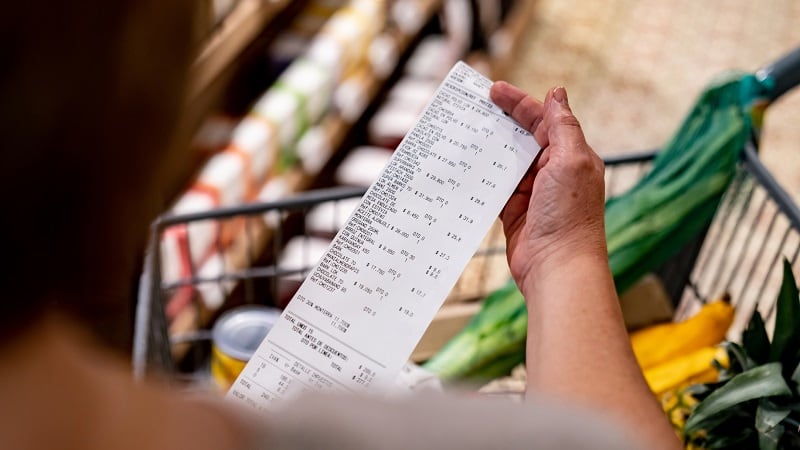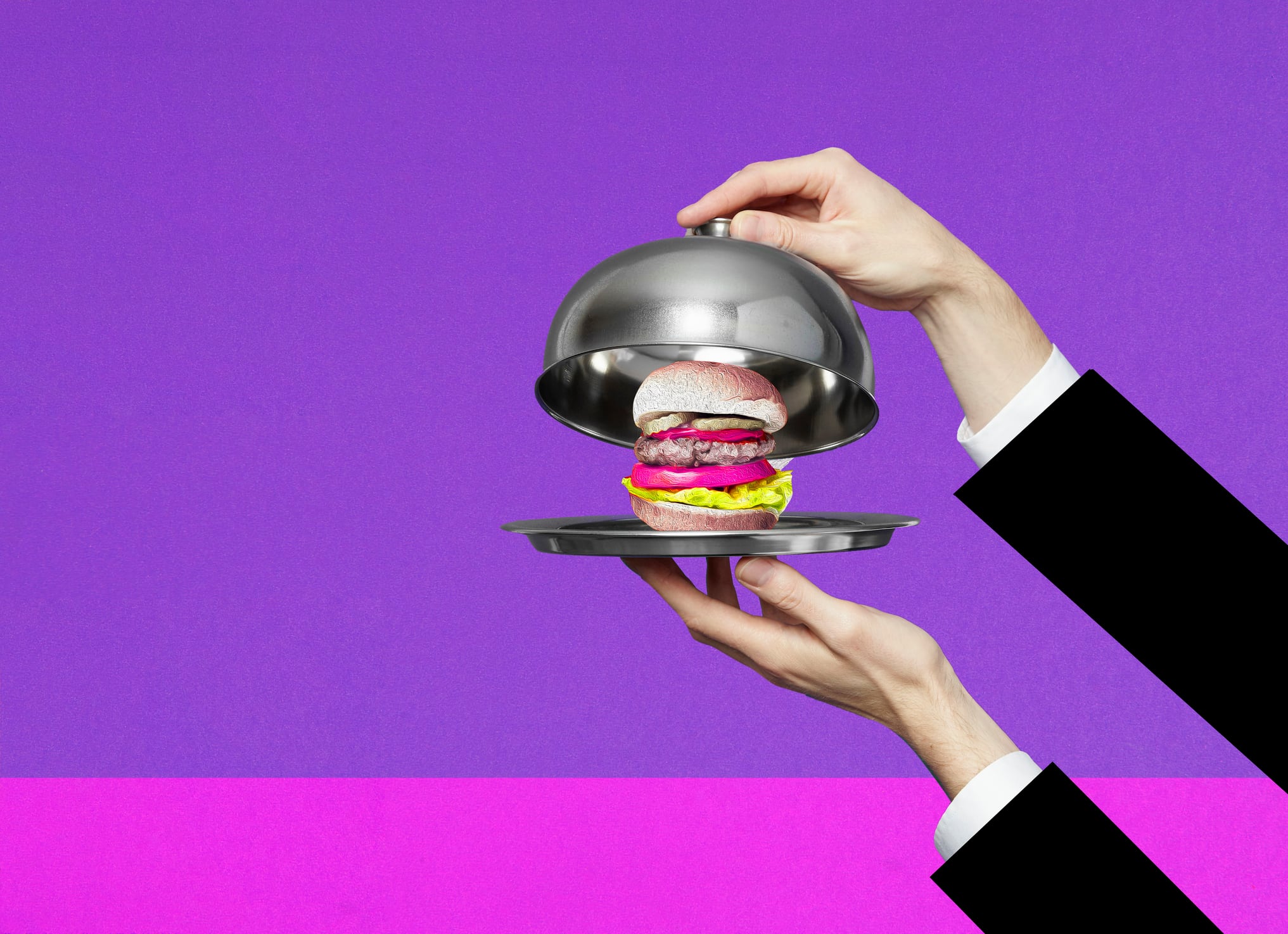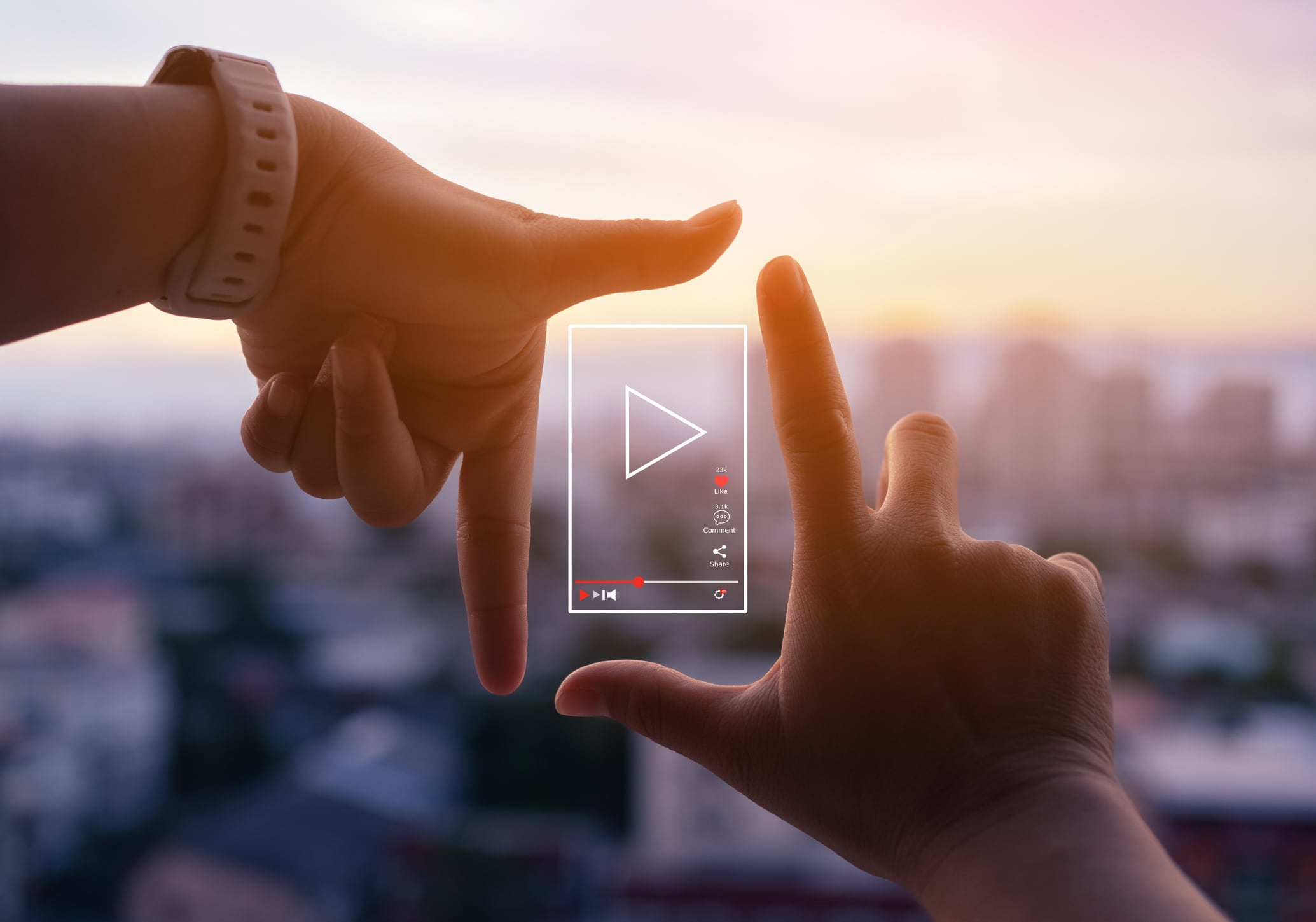To stay relevant, frozen food brands need to meet Gen Z consumers on their phones – with the type of content that entertains, educates and delivers value, according to a new report.
As frozen food brands navigate the ever-evolving path to consumer attention, a clear generational divide is reshaping how products are discovered, considered and purchased.
New survey data from a March 2025 National Frozen & Refrigerated Foods Association and Morning Consult reveals that while in-store promotions remain the most powerful trigger for frozen food trial across all age groups, Gen Z is rewriting the rules of food discovery — one TikTok at a time.
“TikTok is a powerful driver of food discovery for Gen Z, with 50% of this generation using the platform for food-related content, compared to just 5% of Boomers,” Kate Landis, senior director of marketing for NRFA said. This suggest that the generational gap is not just about media consumption – it is a fundamental shift in how young consumers interact with food.
Marketing to Gen Z and Alpha
This story is part of a special collection of articles that explores how brands and retailers can earn Gen Z consumers' loyalty through value, convenience and affordability.
Check out the full collection of stories here.
To receive future special editions via email, register for free for FoodNavigator-USA’s newsletters. Find out more by clicking the yellow ‘register’ button at the top of our homepage or by visiting https://www.foodnavigator-usa.com/Info/Why-register/
The digital shelf: Social media’s influence on Gen Z behavior
According to the survey, 50% of Gen Z say social media influences their frozen food purchases, compared to just 16% of Boomers. Formats that resonate most with Gen Z consumers include grocery hauls, mini-meal hacks, food challenges and influencer reviews — all of which help frozen foods shed its decades-old image, according to Landis.
She emphasizes that these formats are not simply entertaining — they are strategic tools.
“For frozen food brands, the key to content creation lies in balancing health messaging with snackable, visually engaging content,” Landis said. “TikTok formats such as snack prep and grocery hauls effectively showcase frozen products as both convenient and craveable.”
This aligns with broader consumer behavior as 64% of consumers prefer small, frequent indulgences, reinforcing the value of snack-sized formats over traditional campaign storytelling, according to the survey.
Retail still rules – but the influence funnel starts online
While TikTok may be the first stop for discovery, 52% of consumers cite in-store promotions as their main reason for trying a new frozen product, per the survey. This is where brands have an opportunity to bridge online engagement with in-store action, Landis said.
“In-store promotions are a powerful purchase driver,” she notes. “Brands can align TikTok content with in-store offers by highlighting seasonal products or limited-time discounts through quick, engaging formats like ‘$20 Freezer Finds’ – creating a clear path from screen to store.”
Authenticity prevails over aspirational influencers
Influencer partnerships are most effective when they echo Gen Z’s values of affordability, health and taste, Landis said.
Authenticity is the currency of trust – especially when 50% of Gen Z shoppers say they are influenced by what they see on social media, according to the report.
“Brands should align with influencers who naturally showcase frozen products in real-life meal prep and snack content rather than overt pitches,” Landis said. “Highlighting user-generated content reinforces frozen as a convenient, budget-friendly solution — key for the 68% of consumers who rely on frozen for quick meals.”
Platform-specific strategy: One size does not fit all
The data shows stark platform preference differences by generation. For example, 35% of Gen Z use Instagram versus 5% of Boomers, according to the report.
However, the digital generational gap closes slightly with YouTube as 37% of Gen Z, 40% of Millennials and 27% of Boomers use the platform for information about food products, respectively.
“YouTube’s broader reach across demographics provides more space for long-form content and in-depth storytelling, making it ideal for content like meal prep series or multi-product recipes,” Landis said.
Emerging brands should focus on three key themes: Affordability, engagement and convenience to win younger, digitally native consumers, Landis said.




